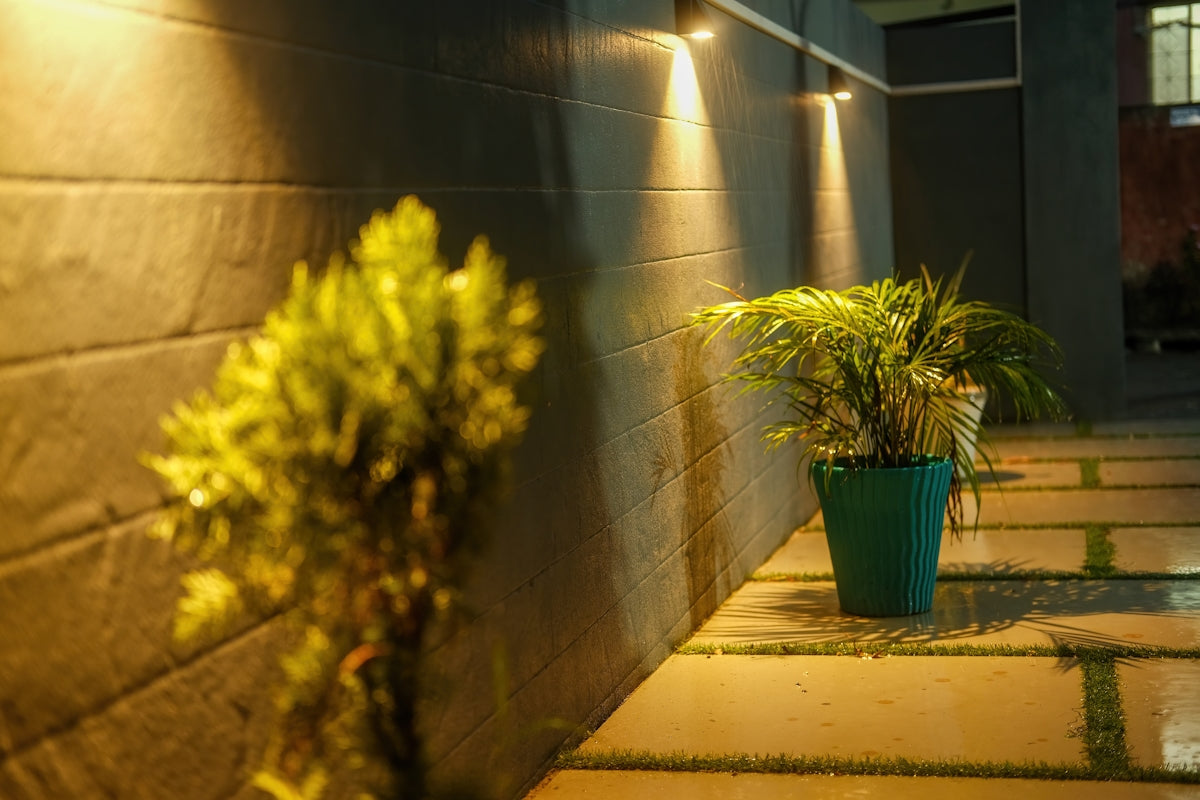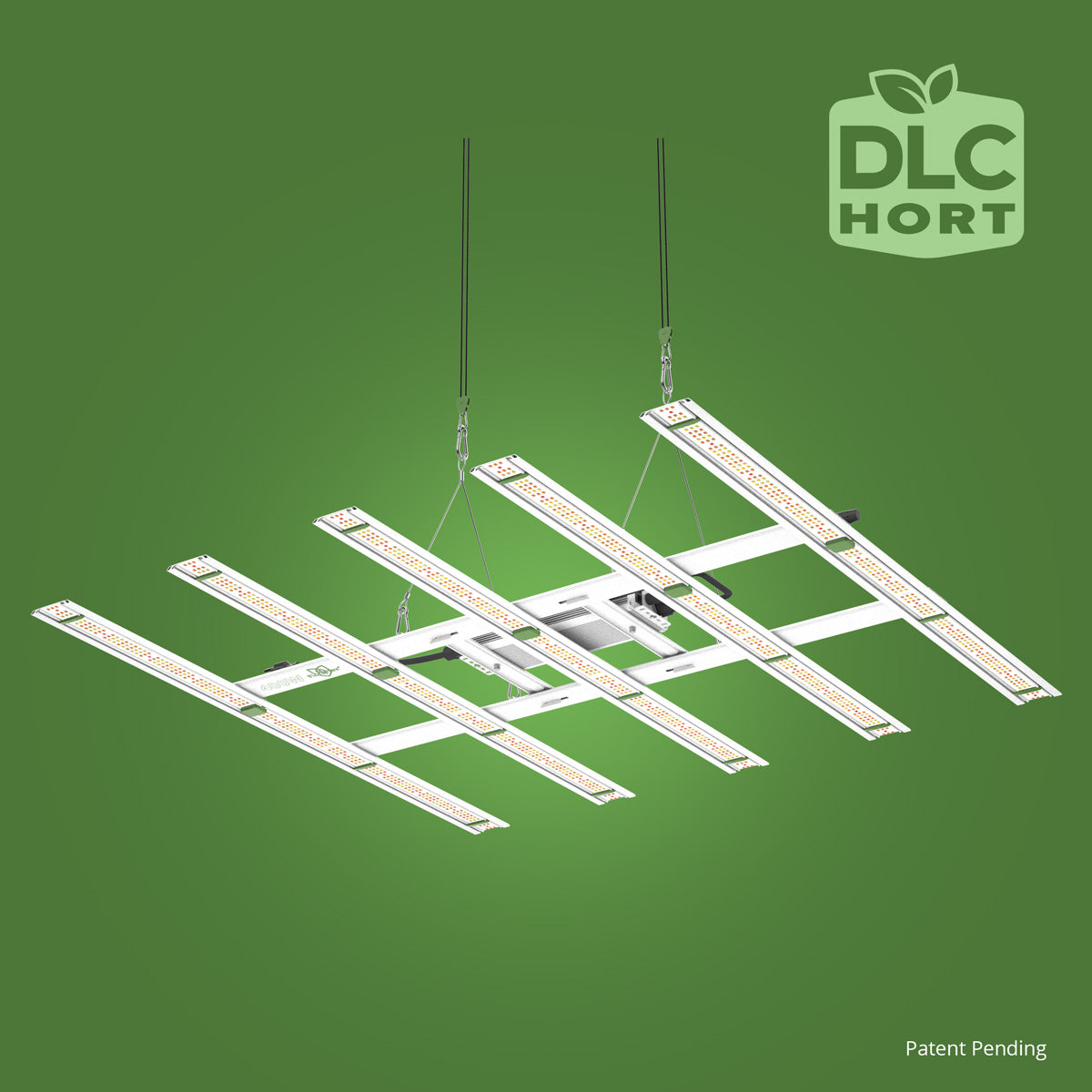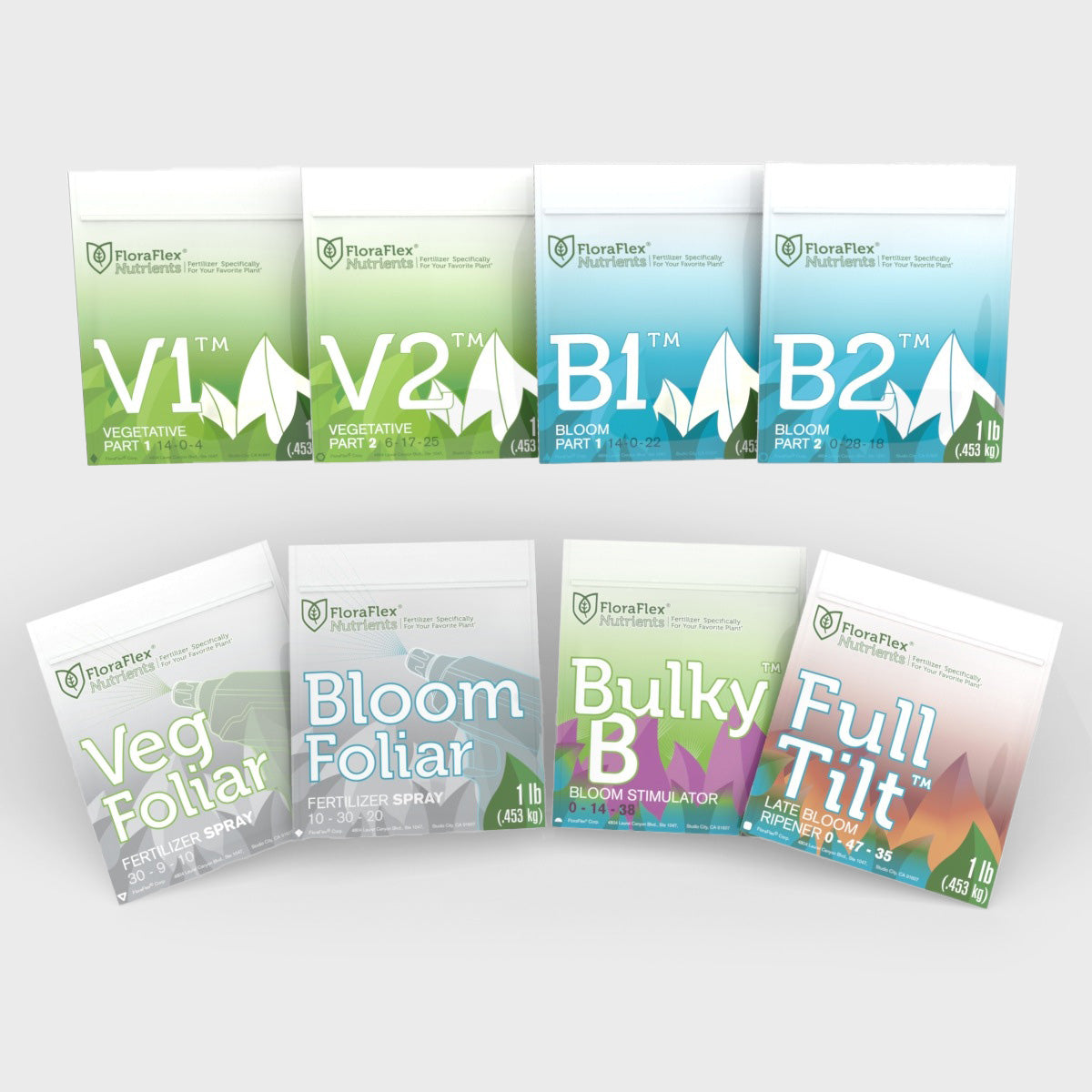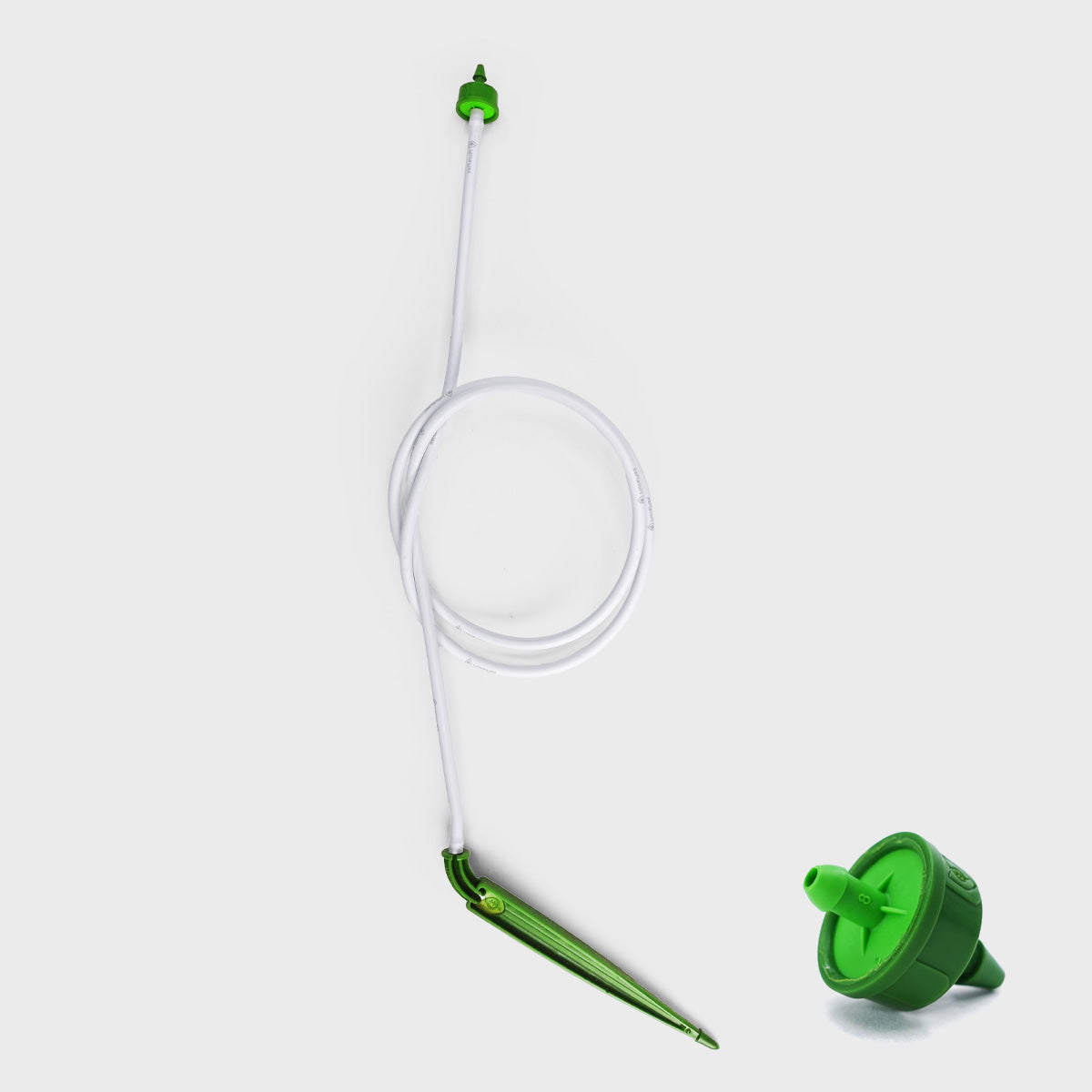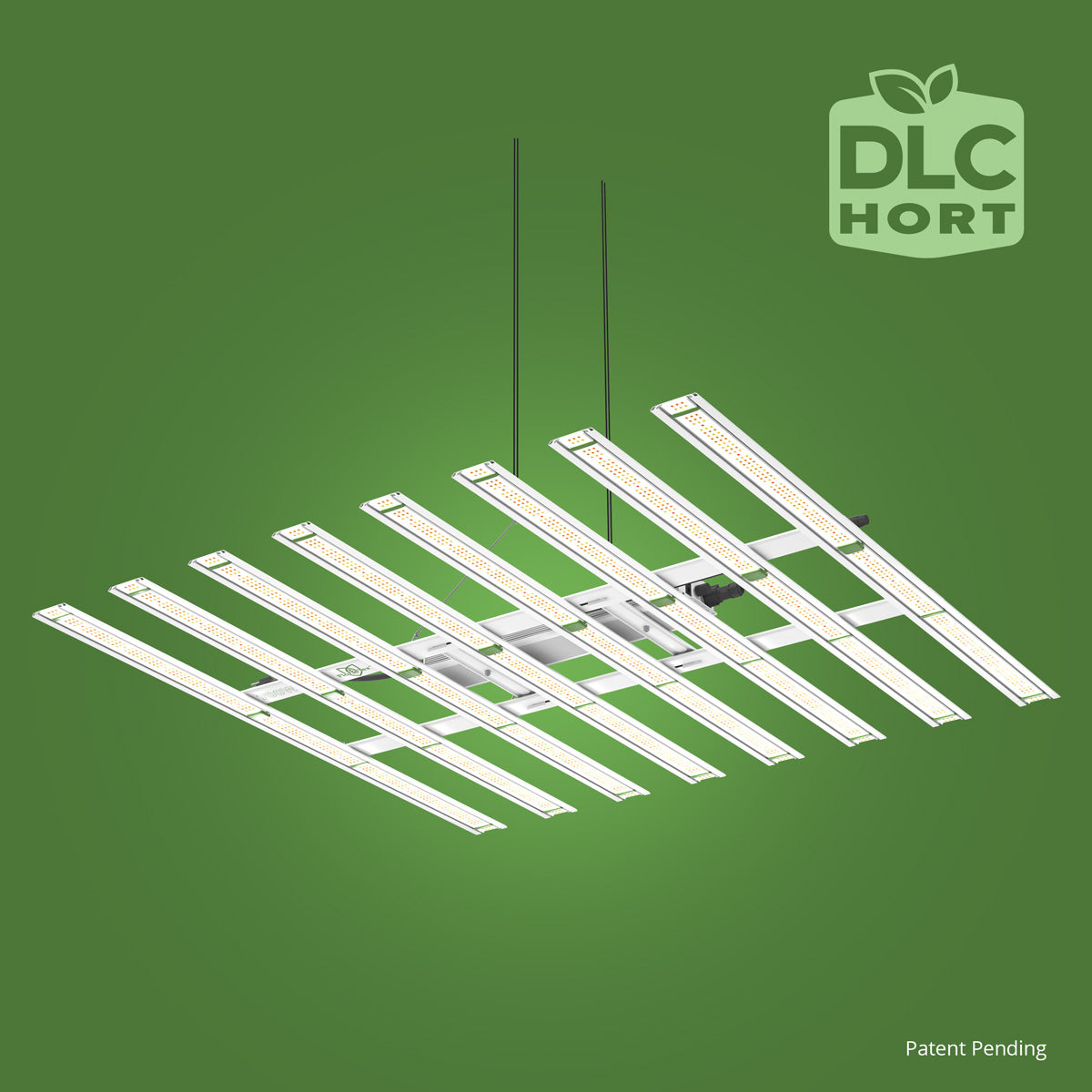Creating a thriving home garden can be both a rewarding and challenging endeavor. One crucial decision gardeners face is choosing the most effective lighting option for their plants. In this guide, we'll explore the differences between LED grow lights and traditional bulbs, helping you make an informed decision for your home garden setup.
Why Consider LED Grow Lights?
LED grow lights have become increasingly popular among home gardeners, and for good reason. They offer several advantages over traditional lighting options:
Energy Efficiency
LED grow lights, such as the Patent Pending 900W Full Spectrum LED Grow Light with Custom Diodes and the Patent Pending 400W Full Spectrum LED Grow Light with Custom Diodes, are designed to be energy-efficient, consuming significantly less power than older incandescent and fluorescent lights. This efficiency translates into lower electricity bills and a smaller environmental footprint.
Light Quality and Spectrum Control
LED grow lights offer a full spectrum of light, closely mimicking natural sunlight. This is crucial for plant growth, as it supports photosynthesis and promotes healthier, more vigorous growth. Having a range of spectra allows you to tailor the lighting to the specific needs of your plants, simulating different seasons and times of day effortlessly.
Longevity and Durability
Modern LED grow lights are built to last, with lifespans that far exceed traditional bulbs. This durability means less frequent replacements and reduced maintenance costs over time, making them a worthwhile investment for serious home gardeners.
Traditional Bulbs: Pros and Cons
While traditional bulbs, such as incandescent or fluorescent lights, have been used for years in home gardening, they come with their own set of advantages and challenges:
Initial Cost
Traditional bulbs generally have a lower initial purchase price compared to LED options. For gardeners on a tight budget, this might make them an attractive short-term choice.
Heat Production
One downside to traditional bulbs is their tendency to produce a significant amount of heat. This can be beneficial in colder climates where warmth is needed, but it can also pose a risk of overheating plants in the wrong environment.
Light Efficiency and Spectrum
Traditional bulbs often offer a more limited spectrum of light compared to LEDs, which can restrict plant growth and development. They are also less efficient in converting electricity to usable light, resulting in higher energy consumption.
Choosing the Right Option for Your Garden
Choosing between LED grow lights and traditional bulbs comes down to your specific gardening goals and environmental conditions. If you prioritize energy efficiency, spectrum control, and long-term savings, LED grow lights are an excellent choice. For those needing a cost-effective initial setup and who can manage heat production, traditional bulbs might suffice.
Regardless of your choice, incorporating a reliable power source, like the 120V LED Power Cord | 10FT, is essential for ensuring consistent performance and growth.
Explore more about grow lights and find a range of options empowering your home garden by visiting FloraFlex.

